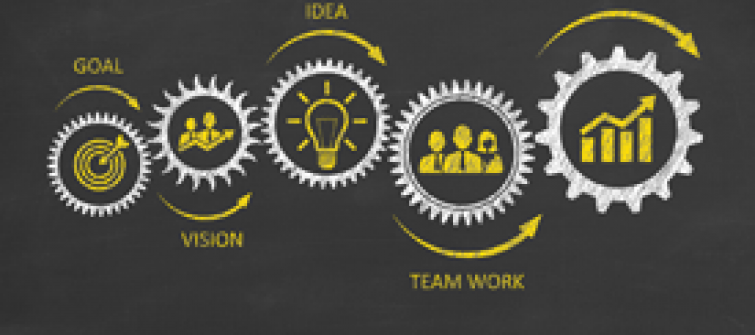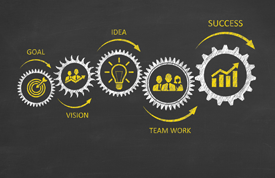How SaaS is Changing the Way Software is Sold and Bought

 The cloud has changed the way software is delivered, but it’s taken a while for the way it’s bought to catch up. In the on premise world, software was bought based on a long list of features and functions in an RFP—the more, the better—or at least it was perceived that way. In the SaaS world, the sales conversation has to be about business value—the specific, measurable results the buyer will be able to achieve using the software.
The cloud has changed the way software is delivered, but it’s taken a while for the way it’s bought to catch up. In the on premise world, software was bought based on a long list of features and functions in an RFP—the more, the better—or at least it was perceived that way. In the SaaS world, the sales conversation has to be about business value—the specific, measurable results the buyer will be able to achieve using the software.
It’s not that buyers weren’t looking to get business value from their software deployments before, or that vendors weren’t trying to help them do that. Defining business goals and mapping them to features and functions has always been part of the enterprise sales process, but it was mostly an academic exercise because after implementation, the selling organization had no visibility into the outcomes.
The cloud changed all that. With the vendor hosting the solution for hundreds of companies, they have a better ability to help the client understand how they are using the software—, as well as a broader vision of the entire market. They can help the client see into the process, see the results, and how they are being achieved. That, along with the subscription model that gives the vendor a stake in the customer’s continued success, represents a major paradigm shift. Despite that shift, for many years the sales model remained the same.
Now the mindset around how SaaS is sold is finally changing. We’re no longer selling software as a product, or even as a service. We’re selling the business value that customers can achieve using the software, because we have data on it. We know. Now we’re selling VaaS—value as a service. VaaS changes how sales people sell, and how customers buy. Ultimately, it changes the nature of the relationship between buyer and seller. Here’s how:
1. Tighter Alignment with Marketing and with Customers
To sell VaaS, marketing has to move away from the traditional feature-benefit presentation of the product. Marketing needs to spend more time with sales and with customers, understanding the business problems they’re solving using the software, and what kind of outcomes they’re achieving.
2. Granular, Customized Goals
Working to measurable results is at the core of selling VaaS. Every sales handoff, and every handoff to the professional services group must have defined success criteria that will drive the implementation and will be measured after go live.
SaaS vendors can and should use their data to create much more granular and specific success criteria that are customized to each prospect. Almost every software company can say their product increases efficiency and visibility and cuts costs, but that’s no longer specific enough.
More specific examples might be, reduce AP close from three days to one day, or increase indirect spend under management from 60 percent to 80 percent.
3. Lead By Example
Many companies have an idea of what business outcome they want, but they struggle with how to tie it to the project in a way that is specific and measurable. Sales has to lead the conversation, first by explaining how with SaaS, results are now measurable. Then, they have to provide some relevant examples of value metrics that comparable companies are using, to help them hone in on the kind of results would be meaningful for their particular company.
4. Focus on Relevant Core Features
In the on premise world, a large feature set was the be-all and end-all. In the SaaS world, there are still plenty of features, but they need to drive the desired business value or they're just noise.
Once the desired outcomes are clearly defined, you can clear a lot of the noise out of the discussion. If you were thinking about evaluating 200 different features, you can narrow that down to just those 20 or 30 that are critical to achieving those results, and do a much more in-depth evaluation of those.
What’s most important is to assure strong functionality in the core area they’re targeting for improvement, because those features will drive most of the results. Features that don’t directly impact business value will probably never get implemented. At worst, they may become a distraction from the success goal, and slow down or derail the implementation.
5. A More Intelligent, Transparent Conversation
Sales conversations used to be more focused on the product and what it could do. Now, it’s much more about the customer and their goals, and it’s a much more intelligent conversation because sales people have so much more information how the product is being used and how other customers are achieving success with it. There’s much more transparency between vendor and customer.
What it really comes down to is that with enterprise SaaS, it’s less of a product sale and more of a partnership conversation. The customer and vendor both have things they need to do on their end to meet the goals they’ve agreed on. With the technology to be able to track and measure everything, both vendor and customer can see how they’re doing against the goals that were set. It’s all out there on the table. Each party is accountable for their role in achieving success. And that mutual accountability changes everything.